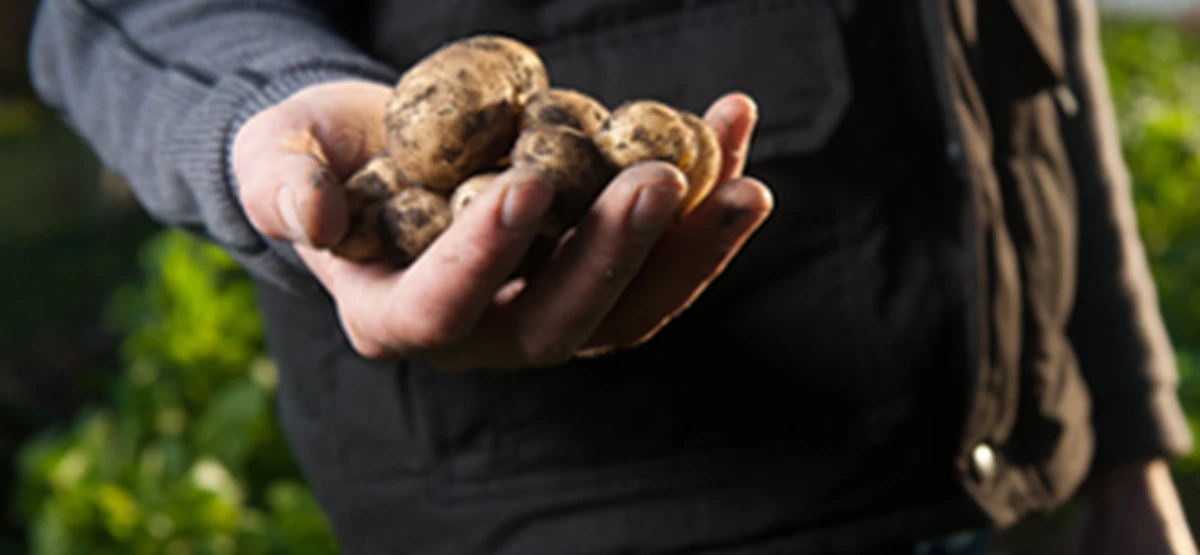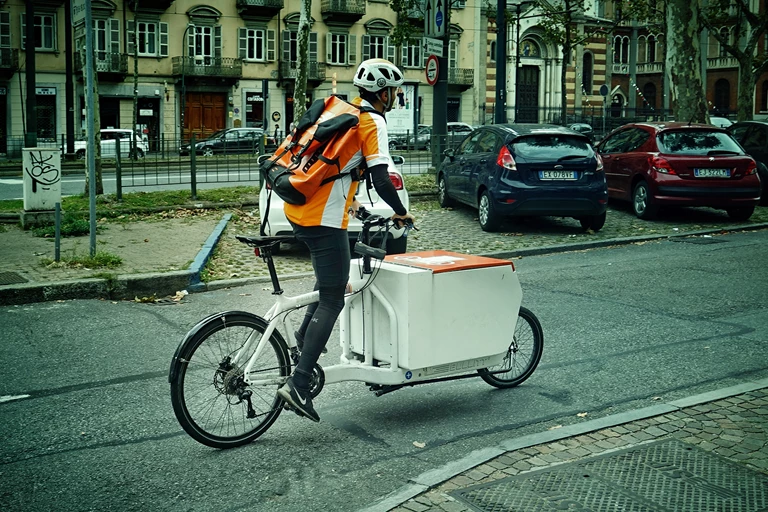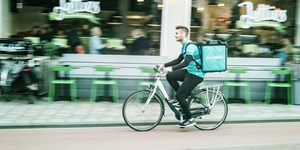Food transition for the entire chain
"Our food system is under pressure", says Theo Thewessen, director at Geodan and lecturer in Location Intelligence at HAS University of Applied Sciences. “The system has to become fairer for farmers, production must be more sustainable and more animal-friendly, and we have to start eating healthier. Moreover, we want to know where our food comes from and what exactly is in it. And, last but not least, we want to produce less waste. These topics relate to the entire chain: from farmers, processors and supermarkets, to the consumer."
"We are currently in a transitional phase, looking for a better system. Farmers, for instance, are trying make their production methods more sustainable with smart farming. With sensors and satellite images and drones, they collect data up to the level of individual plants, for example on the humidity and composition of the soil. Via GPS, this data is accurately linked to the location of the plant. Based on that information, the plants then receive exactly the right amount of nutrients, water, and light, making production much more efficient. Another example is nature-inclusive agriculture. Nature-inclusive production means that farmers not only use nature optimally, but protect and care for it as well."






